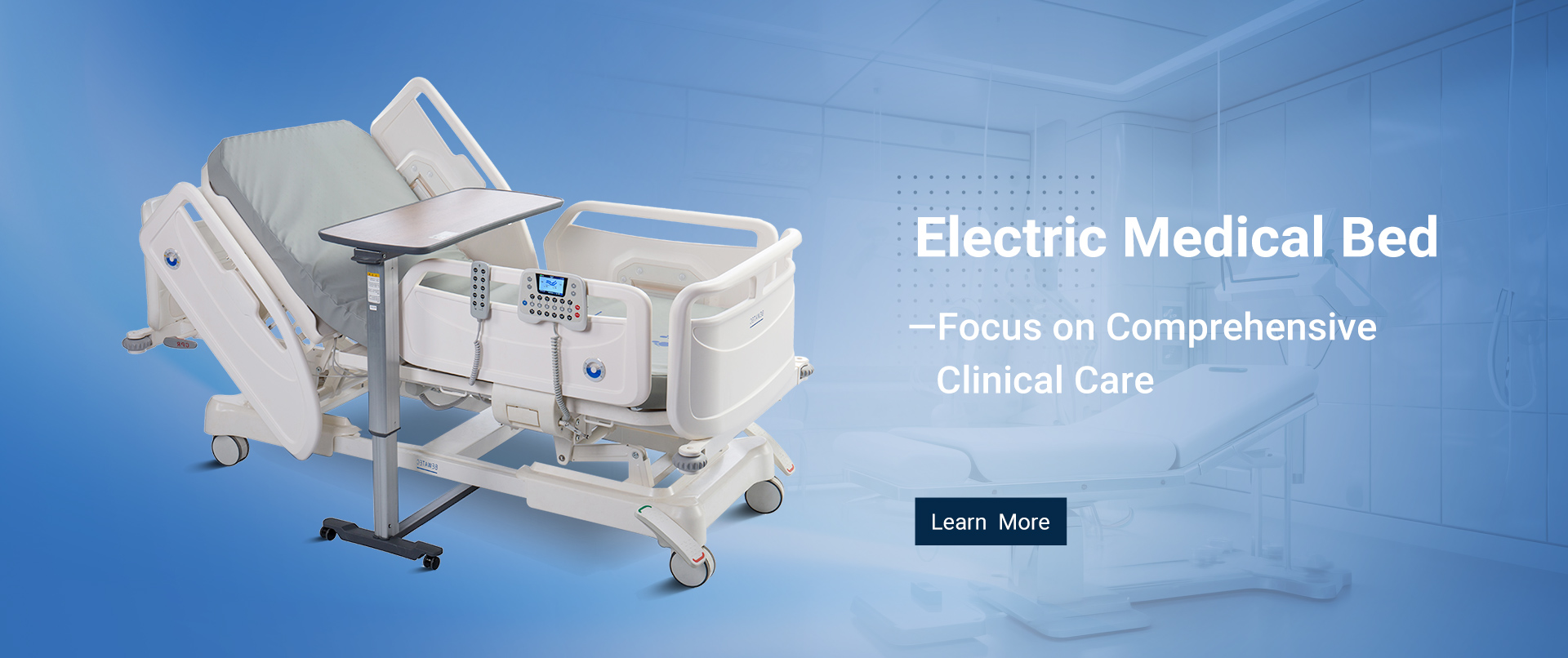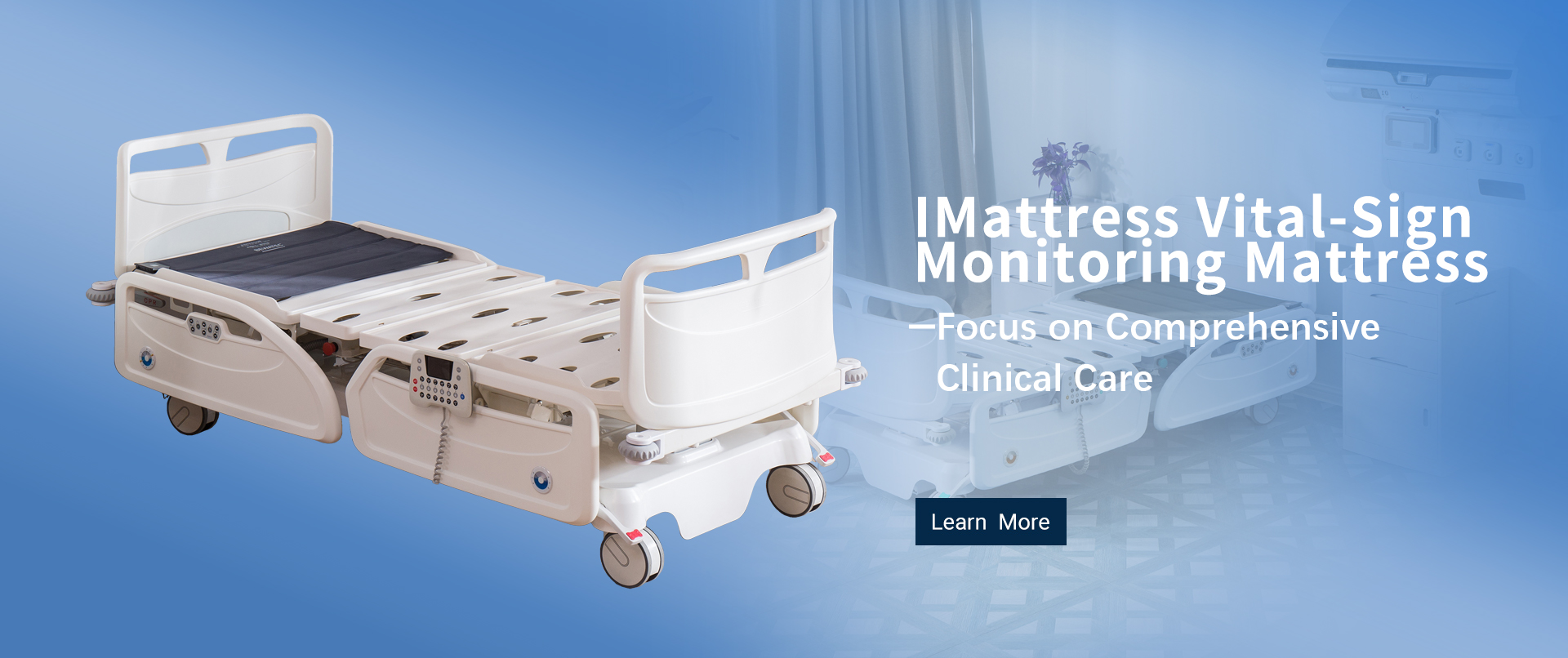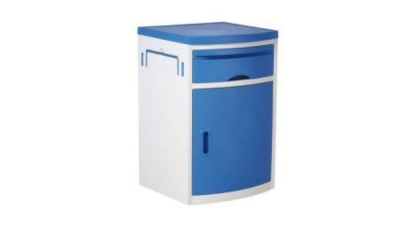
Innovative Solutions for Enhanced Hospital Furniture and Equipment Efficiency
Table of Contents
- Comparative Analysis of Hospital Bed Designs: Features and Functionality
- Evaluating the Ergonomics of Hospital Chairs: Comfort vs. Usability
- Innovative Storage Solutions: A Comparison of Modular Furniture Options
- Technological Advancements in Medical Equipment: A Side-by-Side Review
- Assessing the Lifecycle Costs of Hospital Furniture: Value vs. Investment
- Sustainability in Hospital Equipment: Comparing Eco-Friendly Alternatives
- Enhancing Patient Comfort: The Impact of Functional Bedside Tables in Hospital Settings
- FAQS
- Conclusion
- Related Posts
These days, the healthcare world is changing so fast, and there's a huge surge in the demand for smart, efficient hospital furniture and equipment. According to the latest reports from the Global Hospital Furniture Market Analysis, we're looking at a market that could hit around $XX billion by 2025. That growth is mainly because hospitals and clinics want new, advanced setups that really prioritize patient comfort and safety, you know? Bewatec (Zhejiang) Medical Device Co., Ltd. is right there in the mix, leading the charge with a focus on smarter healthcare solutions and digitizing the entire system. We're all about providing specialized solutions that make hospital furniture and equipment easier to use and more efficient—aiming to totally change the game in patient care. Our goal is to create a safer, more comfortable, and more personalized digital experience for patients—it's not just about meeting current healthcare needs, but also about setting the pace as a global leader in innovative, smart medical solutions.
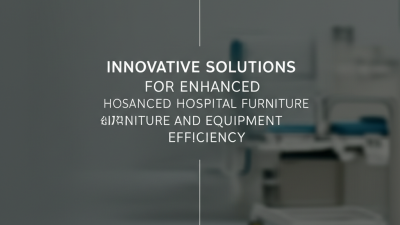
Comparative Analysis of Hospital Bed Designs: Features and Functionality
When it comes to hospital bed designs, having features that are practical and easy to use really makes a difference—both for patient comfort and for the folks taking care of them. Old-school hospital beds, honestly, can be pretty limited in how adaptable they are, which sometimes gets in the way of making patients comfortable and helps staff work more smoothly. These days, though, new innovations like adjustable heights and built-in tech to monitor vital signs are game-changers. They make things better for everyone—patients feel more cared for, and healthcare workers can do their jobs easier without fussing over equipment all the time.
And if you look at different bed designs out there, modular systems are definitely catching on. These beds are super versatile—they can be customized with all sorts of attachments like tilt functions or even built-in scales, depending on what patients need. Plus, features like simple controls that both patients and nurses can easily operate are making these beds more user-friendly. It’s all part of this bigger shift toward patient-centered care—kind of like making sure the furniture isn’t just about looking good, but actually promotes healing and recovery too.
Comparative Analysis of Hospital Bed Designs: Features and Functionality
Evaluating the Ergonomics of Hospital Chairs: Comfort vs. Usability
When it comes to hospital chairs, honestly, assessing their ergonomics is a pretty big deal. Not just for patient comfort, but also for healthcare workers who spend hours sitting in them. A good, well-designed chair can honestly make a difference—less fatigue, a better experience for patients, you know? And it’s not just about having soft padding; true comfort means supporting the right posture and providing proper alignment to keep everyone from feeling sore or strained. If hospitals focus on ergonomic designs, they can actually pin down faster recovery times and make cleaning and sanitation way easier, which is a total win for everyone.
Tip #1: When picking out hospital chairs, go for ones that are adjustable. Everyone’s different, right? So, features that allow customization are awesome—they help suit a bunch of body types and give healthcare workers a comfortable seat while they’re busy attending to patients.
Tip #2: Also, look for chairs made of breathable fabrics and surfaces that are easy to wipe down. Not only does that keep things hygienic, but it also helps the furniture last longer, which is super important in a busy hospital environment.
Focusing on good ergonomics in hospital furniture really helps create a space that’s comfy and practical. At the end of the day, it’s all about making sure everyone feels better—patients and staff alike—and that leads to better overall healthcare outcomes.
Innovative Storage Solutions: A Comparison of Modular Furniture Options
You know, the need for good, efficient hospital furniture and equipment has never been more urgent. Hospitals are really trying to make the most out of their space, all while keeping patients comfortable and at ease. Lately, modular furniture has become a big hit — it’s all about flexibility and being able to adapt quickly in those busy hospital settings. In fact, a study from the Healthcare Furniture Association found that using modular systems can boost space efficiency by as much as 30%. That means hospitals can make better use of every inch without sacrificing style or practicality.
One of the coolest trends right now is shifting away from fixed fixtures and moving toward modular setups that can be reconfigured for different needs. Take multi-functional nurse stations, for example—they can be transformed in a jiffy depending on patient load, which really helps streamline operations. Another report from the American Institute of Architects pointed out that when hospitals switch to modular furniture, they see about a 15% jump in workflow efficiency. That’s huge because it directly impacts patient care and overall satisfaction.
As healthcare facilities continue to face the challenge of more patients and limited space, exploring smart storage solutions and adaptable furniture becomes not just a good idea, but a must if we want healing environments that are accessible and welcoming.
Technological Advancements in Medical Equipment: A Side-by-Side Review
As healthcare continues to evolve, the role of new tech in medical equipment is getting more and more important for making hospitals run smoother. I read in a recent McKinsey report that hospitals using integrated medical technologies saw about a 20% boost in how efficiently they operate. Things like smart beds, which come with IoT sensors, can track patient vitals in real-time—so staff can jump in quickly if something changes. Plus, AI-powered inventory systems have really helped streamline supply chains, trimming down operational costs by up to 15%.
Here's a little tip—hospitals should really think about investing in proper training for staff. When everyone knows how to use these new tech tools properly, it totally improves patient care and helps the hospital run more smoothly.
On top of that, modular furniture that adjusts to different medical needs isn't just comfy for patients, it also makes better use of space. A Harvard Business Review study even shows that flexible furniture can cut space-related costs by nearly 30%. By bringing in these smart furniture options, hospitals can make patients happier and free up resources to use elsewhere.
And one more thing—regularly checking up on the equipment and furniture is super important. Keeping an up-to-date inventory means fewer surprises like breakdowns, and it helps hospitals stay equipped to give top-notch care whenever needed.
Assessing the Lifecycle Costs of Hospital Furniture: Value vs. Investment
You know, in the constantly changing world of healthcare, really taking a close look at the full costs of hospital furniture is super important. It’s not just about the sticker price you pay upfront — there’s more to consider like maintenance, how long the furniture lasts, and how often you’ll need to replace it. Sometimes, investing a bit more in really good, sturdy stuff can save you a bunch in the long run because you won’t have to repair or swap things out as often. Hospitals that go for furniture built to last often find that, although the initial costs might be higher, they end up spending less over time on upkeep and get happier patients too.
Plus, the way furniture is designed and how well it works really affects how smoothly everything runs. Ergonomically friendly pieces don’t just make staff and patients more comfortable — they can help everything move faster and more efficiently. Things like multi-purpose beds or modular chairs that can be reconfigured on the fly? They’re not just handy—they also make the patient experience better and cut down on wasted resources. When healthcare folks really think about the full lifecycle costs, balancing savings with good investment choices, they’re making smarter decisions that boost both the bottom line and the quality of care. All in all, it’s about creating a hospital environment that’s efficient, patient-friendly, and sustainable in the long run.
Sustainability in Hospital Equipment: Comparing Eco-Friendly Alternatives
Lately, sustainability in hospital equipment has really become a hot topic. The healthcare industry is starting to realize how much its practices impact the environment, especially with all the single-use supplies that pile up and create so much waste. Switching to more eco-friendly, reusable options isn’t just about cutting down on waste — it also helps lower the emissions from manufacturing and disposal processes. Think biodegradable medical devices or plant-based textiles — these are exciting new options that show how healthcare can go greener without sacrificing quality.
Plus, there’s some pretty innovative stuff happening, like sustainable cooling systems designed to make hospitals more energy-efficient. When these systems work better, hospitals use less power overall, which is a win for the planet. On top of that, there's a growing push to adopt reusable PPE — masks, gloves, you name it — because it’s both better for the environment and easier on budgets. All these efforts really highlight how hospitals can blend health care with environmental responsibility, building a future that cares for people and the planet at the same time.
Enhancing Patient Comfort: The Impact of Functional Bedside Tables in Hospital Settings
In the fast-paced world of healthcare, enhancing patient comfort is paramount. One often overlooked yet essential component contributing to this goal is the functional bedside table. These tables are not just pieces of furniture; they play a crucial role in improving the overall hospital experience for patients. With the right design, bedside tables can provide not only practicality but also a sense of homeliness in an otherwise clinical environment.
A well-designed bedside table is both aesthetically pleasant and functional, fulfilling the dual need for style and usability. Lightweight and sturdy in structure, these tables can be easily moved and adjusted according to the needs of patients and healthcare providers. Their durability ensures they withstand the rigorous demands of a hospital setting while maintaining their elegant appearance. This combination of features allows patients to feel more at ease, providing them with easy access to personal items, medical equipment, and even a bit of comfort, like a book or a family photo, which can significantly enhance their emotional well-being during hospital stays.
Moreover, the integration of functional bedside tables also assists healthcare staff in delivering better patient care. With everything within reach, patients can remain more independent, promoting a sense of dignity and control over their environment. By prioritizing the design and functionality of bedside tables, hospitals can significantly improve patient comfort and satisfaction, leading to better health outcomes and a more positive overall experience.
FAQS
: The key factors include the initial purchase price, maintenance, durability, and replacement costs. High-quality, durable materials can minimize replacements and repairs, leading to long-term savings.
Ergonomically designed furniture improves comfort for staff and patients, streamlining processes and enhancing overall productivity within the hospital.
Investing in durable furniture leads to reduced operational expenditures, fewer replacements, and enhanced patient satisfaction due to improved comfort and functionality.
Sustainability is crucial to reduce the healthcare industry's carbon footprint and minimize medical waste generated from excessive reliance on single-use supplies.
Biodegradable medical devices and plant-based textiles are viable eco-friendly alternatives that contribute to greener practices in healthcare.
Hospitals can enhance energy efficiency by implementing sustainable cooling systems, which lower energy consumption and reduce environmental impacts.
Reusable PPE represents a sustainable option that combines waste management and cost-effectiveness, helping healthcare facilities embrace eco-friendly practices.
Furniture designed with adaptability, such as multi-functional beds, improves patient experience while reducing resource strain, enhancing both comfort and efficiency.
Assessing lifecycle costs helps healthcare providers make informed choices that improve economic and operational efficiencies, ultimately leading to better care delivery.
Transitioning to sustainable, reusable options and adopting environmentally conscious practices are essential steps hospitals can take to mitigate the environmental impact of medical waste.
Conclusion
In today’s competitive healthcare scene, making sure hospital furniture and equipment are top-notch is more important than ever for giving patients better care and keeping operations running smoothly. In this post, I’ll walk you through some of the coolest new solutions out there. We’ll start by comparing different hospital bed designs, focusing on what features matter most and how they function in real life. Then, I’ll chat about hospital chairs—how to find that sweet spot between comfort for patients and practicality for staff so everyone leaves satisfied.
We’ll also peek into smart storage options using modular furniture—because let’s be honest, organization can make a huge difference—and take a look at some recent tech upgrades in medical gear that help streamline day-to-day workflows.
On top of that, I’ll touch on the costs involved over the long run with hospital furniture, because it’s not just about the upfront price, but also about getting good value over time. And of course, sustainability matters too—so we’ll compare eco-friendly alternatives that can help hospitals go green without sacrificing quality.
As Bewatec (Zhejiang) Medical Device Co., Ltd. pushes forward with digital transformation in healthcare worldwide, these insights show how committed we are to delivering high-quality, efficient, and patient-focused hospital furniture and equipment solutions. We’re all about helping healthcare providers do their best—more efficiently, and with a little more care.
Related Posts
-
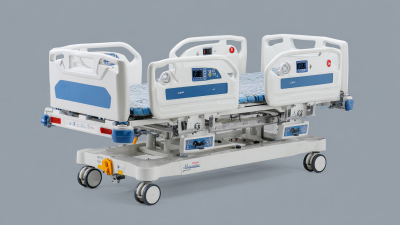
Essential Checklist for Choosing the Right Medical Bed Manufacturers for Your Facility
-

How to Select the Best Hospital Furniture: Detailed Specifications and Buying Guide for Global Buyers
-
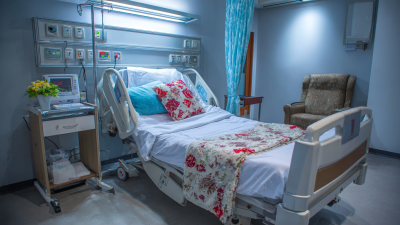
Ultimate Checklist for Choosing the Right Bed Accessories in Hospitals
-
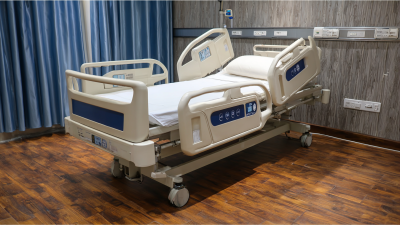
7 Compelling Reasons to Choose a Patient Bed With Mattress for Optimal Comfort
-
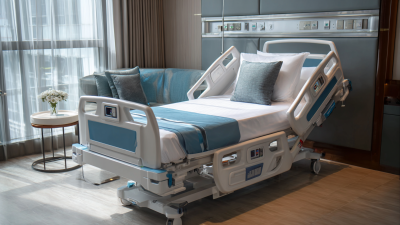
The Ultimate Guide to Hospital Equipment Beds Understanding Features Benefits and Industry Trends
-

Choosing the Right Manufacturer for Best Patient Comfort with a Comparative Analysis




